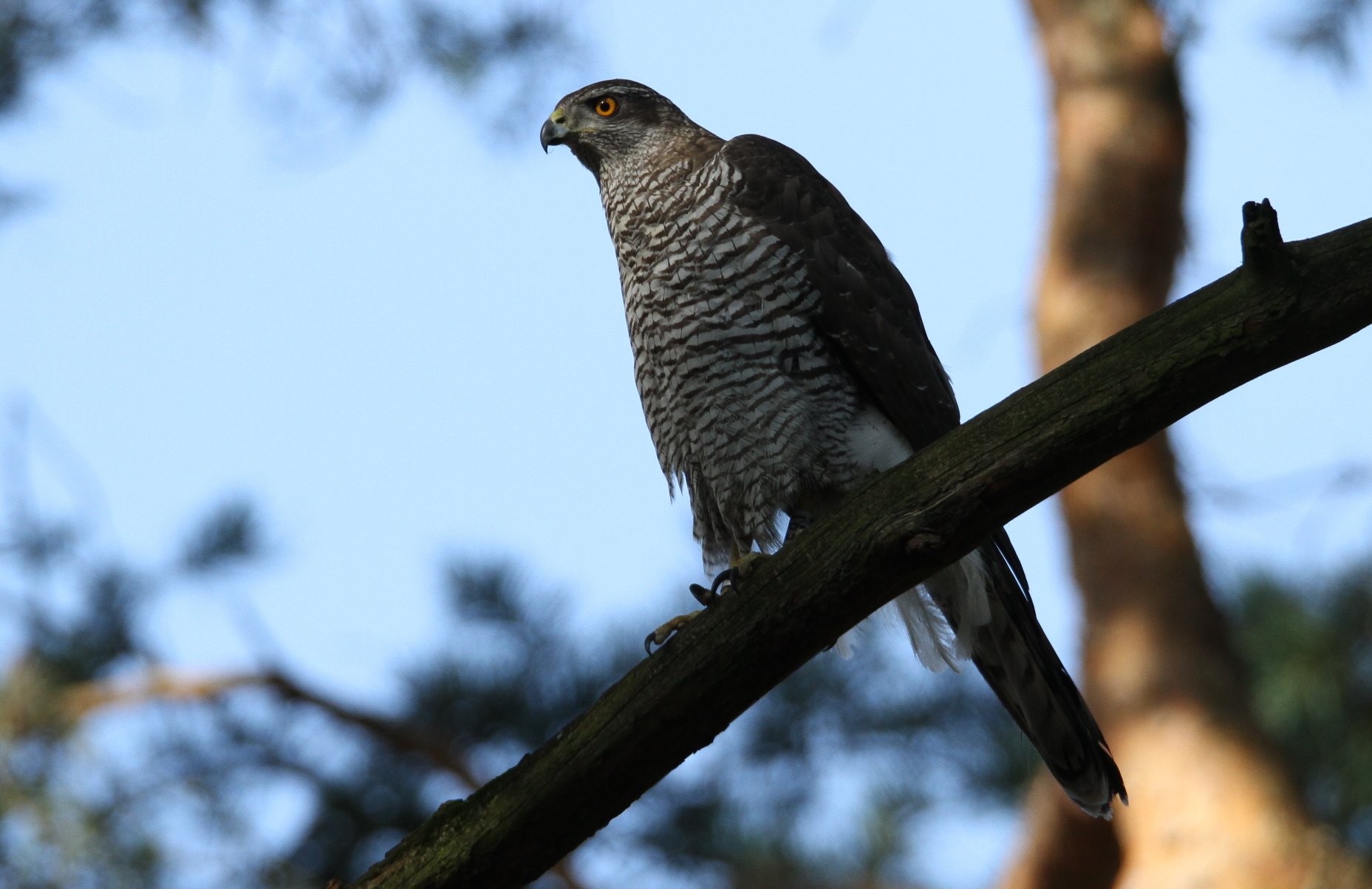
Habicht und Co creeping poisoning threatens birds of prey
Sad “descent”: in Germany, birds of prey are shrinking. One study showed that one reason for this was creeper botulism. In addition to medicines and pesticides, birds of prey mainly ingest pesticides against rodents through their prey. Scientists say that as the material accumulates, critical concentrations appear in some cases. They are especially affected by the bombers and animals that live near cities, but toxins have also been found in sea eagles.
Europe and North America have been hit hard – many bird species have seen large numbers of birds. There are many reasons for this: intensive farming, declining insect populations, and urbanization are causing problems for animals. Another factor is the introduction of various chemicals into nature, which accumulate in birds through the food chain.
Scientists from the Leibniz Institute for Animal and Wildlife Research (IZW) in Berlin are now studying exactly how pesticides, drugs and other toxins affect birds of prey. “Raptors are known to be particularly sensitive to pollutants that build up in their bodies,” explains co-author Oliver Cron. For their study, they analyzed material that was found in about 190 birds of prey found dead in Germany between 1996 and 2018. The bird species examined included red kites, hawks, sparrows, white-tailed eagles and eagles.
Often rodent toxins are detected
As the researchers report, they found critical accumulations of rodent toxins particularly frequently: they found rodenticides in the liver tissues of more than half of the birds, and in about 30 percent they found more than one of six toxins against rats and mice. “Our study shows that rodenticide contamination is a threat to birds of prey in Germany,” Al-Badri and his team summarize. Anticoagulants such as diphenacum are frequently found, which are commonly used against rodents in agriculture, forests, and cities.
“We found remnants of rodenticides in the liver tissue of more than 80 percent of the hawks and red kites that were examined,” says Badri. At a good 15 percent of both types, the concentrations were over 200 nanograms per gram of body weight, which, according to the researchers, is an indication of acute toxicity. “We found rodenticides at low concentrations in nearly 40 percent of our samples in whitetail eagles, while accumulation in finches and sparrows was low or no,” says first author Alexander Badry.
Pesticides and drug residues
In addition to rodent poisons, scientists have also discovered medicinal substances in the dead birds of prey. They identified the pain reliever effects of ibuprofen in about 14 percent of the animals – this substance was particularly common in sea eagles and falcons. This indicates that birds eat them through fish and other water prey, which, in turn, had previously accumulated these substances through wastewater. The researchers say this may also explain the antibiotic evidence in some of the birds studied. They were also able to detect pesticide residues in raptors: dimethoate, which has been banned since 2019, and the metabolized intermediary omethoate were found in two red kites. On two other red kites, scientists have identified the neonicotinoid thiazide, which has only been approved for use against pests and pests until 2021.
As the team notes, especially with rodenticides, the risk of poisoning increases if the birds live near urban habitats. Because rodenticide poisons are not only used in stables or to control field mice and in forest areas, but also in cities and sewage systems. With garbage eaters and urban birds particularly affected, the sources of rodenticides along the food chain for birds of prey need to be re-evaluated, the scientists said. In addition, the concentrations detected in white-tailed vultures indicate that more research is needed into the sources and distribution of these substances in the environment, as the toxins appear to be present not only on land but also in aquatic habitats, the team wrote.
Source: Leibniz Institute for Animal and Wildlife Research (IZW) at Forschungsverbund Berlin eV, specialized article: Environmental Research, 2021, doi: 10.1016 / j.envres.2020.110602

“Organizer. Social media geek. General communicator. Bacon scholar. Proud pop culture trailblazer.”
